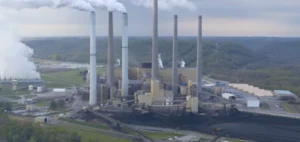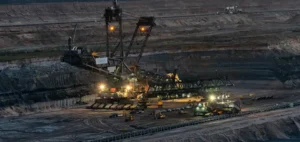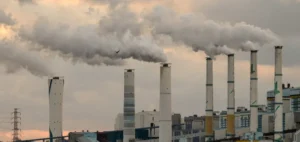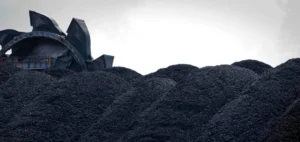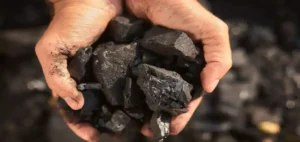Ramaco Resources, an American mining company specialising in coal extraction, announces the official opening of the Brook Mine Carbon Ore Rare Earth mine, the first rare earth mine in the United States in 70 years. Located in the state of Wyoming, this mine will also be the first new coal mining operation launched in the state in more than 50 years.
A strategic project for American rare earths
The main objective of the Brook Mine project is the production of rare earth elements, minerals considered strategic by the US government due to their widespread use across various industrial sectors. These elements are notably used in high-tech equipment manufacturing, defence components, and renewable energy systems. The United States is currently heavily dependent on imports, primarily from China, a country dominating this global market for several decades.
Randall W. Atkins, Chairman and Chief Executive Officer of Ramaco Resources, stated that “the size of the rare earth deposit discovered at Brook Mine will allow a substantial portion of US demand for these critical minerals to be supplied for several decades.” The site will thus help reduce the country’s dependence on rare earth imports, an issue frequently highlighted by US federal authorities.
Innovative association with coal extraction
The project’s uniqueness lies in the fact that these rare minerals will be extracted from a deposit where they naturally coexist with coal. According to Ramaco Resources, the identified deposit directly associates coal and rare minerals, representing an unusual and innovative feature compared to conventional rare-earth mining projects. This particular model could pave the way for a broader extraction method allowing the combined utilisation of both resources.
Local and national authorities unanimously welcome the launch of this project. Senator John Barrasso notably stated that “Wyoming has proven the possibility of using coal not only for energy, but also for extracting rare minerals essential to the national economy.”
Strong institutional support
Several senior institutional officials will attend the official inauguration scheduled soon in Ranchester, Wyoming. Among them are Chris Wright, U.S. Secretary of Energy, Mark Gordon, Governor of Wyoming, as well as federal senators John Barrasso and Cynthia Lummis. Also present will be Harriet Hageman, Wyoming’s representative in the United States House of Representatives, and Joe Manchin, former U.S. senator and current board member of Ramaco Resources.
This project receives significant support from the State of Wyoming, notably through the Energy Matching Funds programme, aimed at stimulating innovation and the exploitation of local energy resources. According to Governor Mark Gordon, “this project illustrates the energy innovation in which Wyoming intends to remain a leader.”



